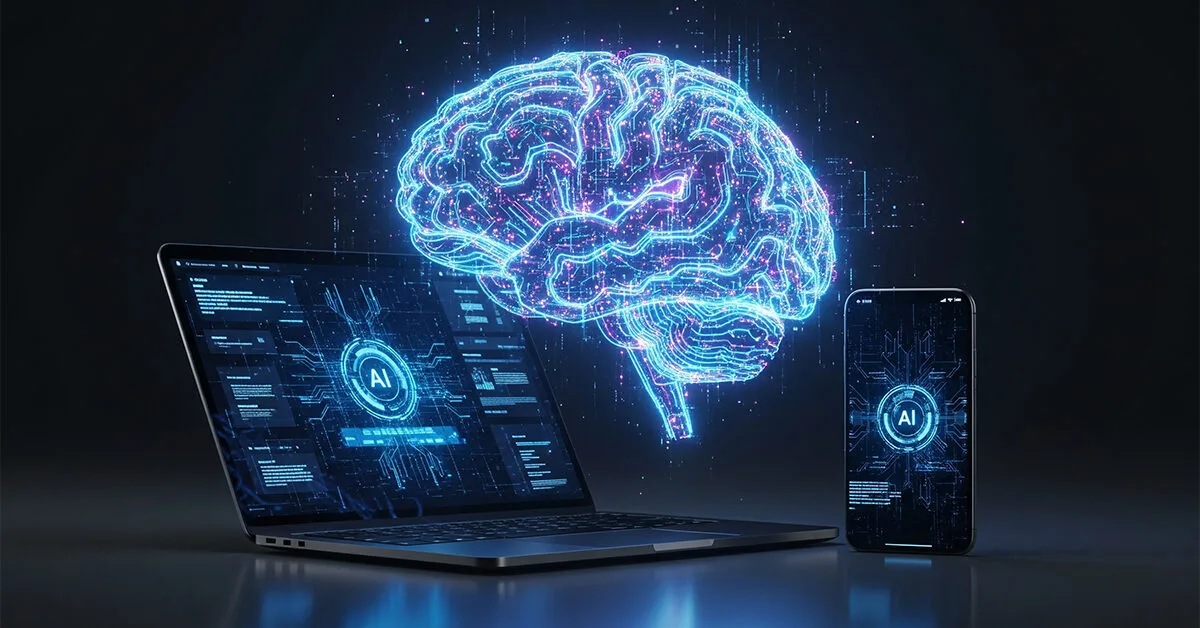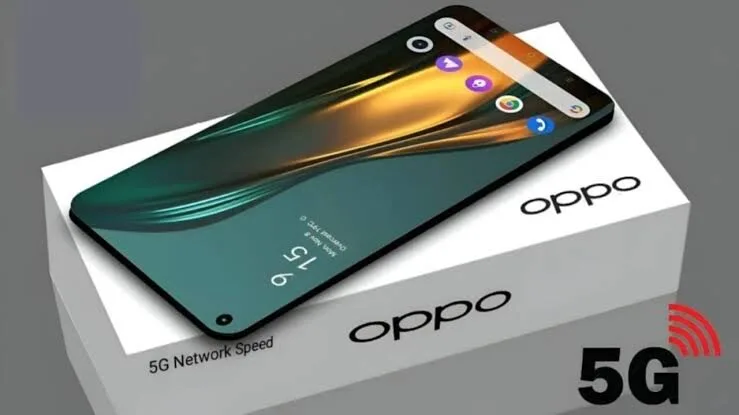Highlights
OpenAI has just released two new open-source AI models, gpt-oss-120b and gpt-oss-20b, designed to provide developers with powerful yet affordable AI tools. The “120b” version packs 117 billion parameters and is designed to match the performance of OpenAI’s proprietary o4-mini model, while the smaller “20b” model contains 21 billion parameters and can run on much lighter hardware, even a smartphone.
What Are Open-Weight Models?
An open-weight model means that all of the trained parameters (the model’s “weights”) are publicly released under a permissive license. Developers, researchers, and hobbyists can download, inspect, modify, or fine-tune these models on their infrastructure no black-box API calls required.
Key Features of gpt-oss-120b and gpt-oss-20b
- Performance: gpt-oss-120b is said to deliver capabilities on par with o4-mini, handling complex reasoning, code generation, and chatbot tasks with ease.
- Hardware Requirements:
- gpt-oss-120b runs on a single high-end GPU with at least 80 GB of memory.
- gpt-oss-20b is optimized for devices with just 16 GB of RAM, opening the door to mobile and edge-device applications.
- Advanced Functionality: Both models support function calling (enabling seamless integrations with external tools), dynamic reasoning effort (trading off speed vs. accuracy), and transformer-based memory optimizations for efficient inference.
Why OpenAI Did This
In a post on X (formerly Twitter), CEO Sam Altman explained the motivation:
“We made an open model that performs at the level of o4-mini and runs on a high-end laptop (WTF!!), and a smaller one that runs on a phone. Super proud of the team; big triumph of technology.”
“Although most people will want to use a service like ChatGPT, it’s important that individuals can control and modify their own AI when they need it. The privacy benefits are obvious.”
Altman went on to say he expects this release to accelerate research and fuel innovation, enabling more people around the world to build AI-powered products and services.
Safety and Testing
OpenAI reports that both models underwent rigorous safety training and adversarial fine-tuning in line with its Preparedness Framework. Early tests with partners such as AI Sweden and Orange focused on secure on-premises deployments, ensuring the models behave responsibly even in challenging scenarios.
Licensing and Availability
Both gpt-oss-120b and gpt-oss-20b are released under the Apache 2.0 license, allowing commercial and non-commercial use, modification, and redistribution with minimal restrictions. The full code, model weights, and documentation are now accessible on OpenAI’s GitHub repository.
Implications for Developers and Businesses
By making these high-performance models open-source, OpenAI hopes to:
- Lower Costs: Organizations can run advanced AI workloads without paying for per-API-call fees.
- Boost Innovation: With direct access to model internals, researchers can experiment with new architectures and safety measures.
- Enhance Privacy: Sensitive data can be processed on-premises or on-device, reducing exposure to third-party servers.
In summary, the GPT-oss family empowers a broader range of users from startups to individual hobbyists to harness cutting-edge AI. As these models become integrated into more applications, we’ll likely see a surge of creative, privacy-focused, and cost-effective AI solutions across industries.


















